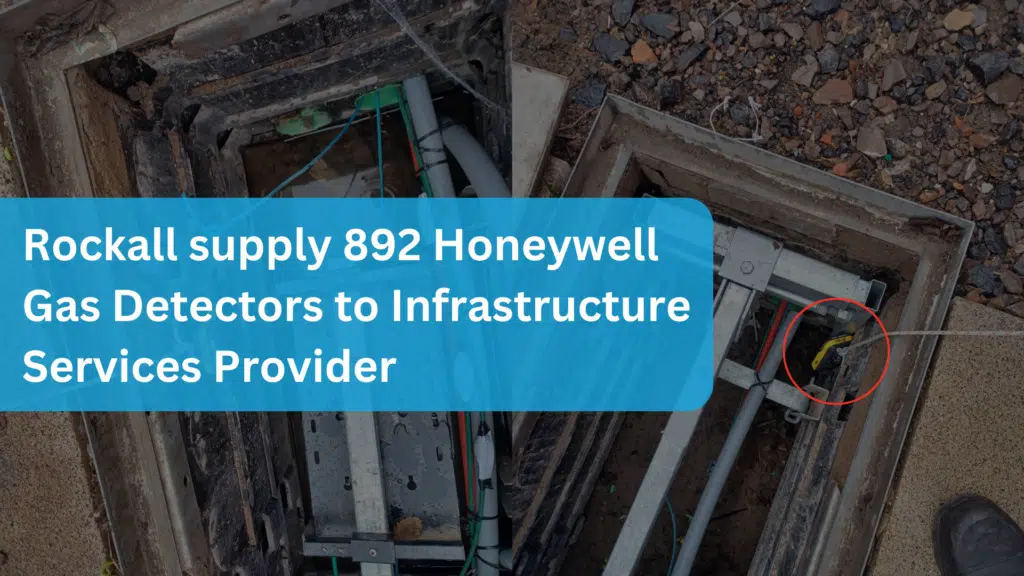Hexane C6H14 Detector: Industrial Safety Monitor
Hexane is a colourless, volatile liquid hydrocarbon that plays a significant role in various industries. This blog post will explore what hexane is, its applications, where it’s found, and how to stay safe when working with this potentially hazardous gas.
What is Hexane?
Hexane is an organic compound with the chemical formula C6H14. It belongs to the alkane family and is composed of six carbon atoms and fourteen hydrogen atoms. Some key characteristics of hexane include:
- Colourless liquid at room temperature
- Highly flammable
- Slight gasoline-like odour when not pure
- Boiling point of approximately 69°C (156°F)
Where is Hexane Used?
Hexane finds applications in numerous industries due to its properties as a non-polar solvent. Here are some common uses:
- Food Industry: Extraction of edible oils from seeds and vegetables (e.g., soybeans, peanuts, corn)
- Beauty Industry: Solvent for extracting natural oils used in cosmetics and personal care products
- Industrial Applications:
- Cleaning agent in printing, textile, and furniture manufacturing
- Solvent for adhesives, varnishes, and paints
- Component in special glues used in roofing and leather goods
Where is Hexane Found?
Hexane can be encountered in various settings:
- Industrial environments: Manufacturing plants, oil refineries, and chemical processing facilities
- Laboratories: Used as a solvent for chemical analysis and research
- Consumer products: Present in some household items like gasoline, quick-drying glues, and rubber cement
- Environmental contamination: Can be found in air, water, and soil near industrial sites or spill areas
Health and Safety Considerations
Exposure to hexane can pose health risks, particularly in occupational settings. Here’s a quick overview of potential hazards:
| Exposure Type | Effects |
| Acute (Short-term) | Dizziness, nausea, headache, mild CNS depression |
| Chronic (Long-term) | Polyneuropathy, numbness in extremities, muscular weakness, blurred vision |
Given these risks, it’s crucial to monitor hexane levels in workplaces where it’s used or produced. This is where gas detection equipment becomes essential.
Recommended Product for Hexane C6H14 Detector
For professionals working in environments where hexane may be present, we recommend the T4x portable gas detector by Crowcon, available at rockallsafety.co.uk. This versatile device offers:
- Reliable detection of hexane and other flammable gases
- Compact and lightweight design for easy portability
- Long battery life for extended use during shifts
- Clear, easy-to-read display for quick gas level checks
The T4x is an excellent choice for industries using hexane, ensuring worker safety and compliance with occupational health standards.
Conclusion
Hexane is a widely used industrial solvent with applications across various sectors. While it offers valuable properties for many processes, it’s crucial to be aware of its potential health risks. By understanding where hexane is used and found, and employing proper safety measures like gas detection equipment, we can harness its benefits while protecting worker health and safety.
Remember, when dealing with hexane or any potentially hazardous gas, always prioritize safety and follow industry best practices. Stay informed, stay equipped, and stay safe!
Get in touch with our team today! We will be happy to answer any questions you may have.
Gas Guide Enquiry Form
Written by Chris Ihejiawunze






